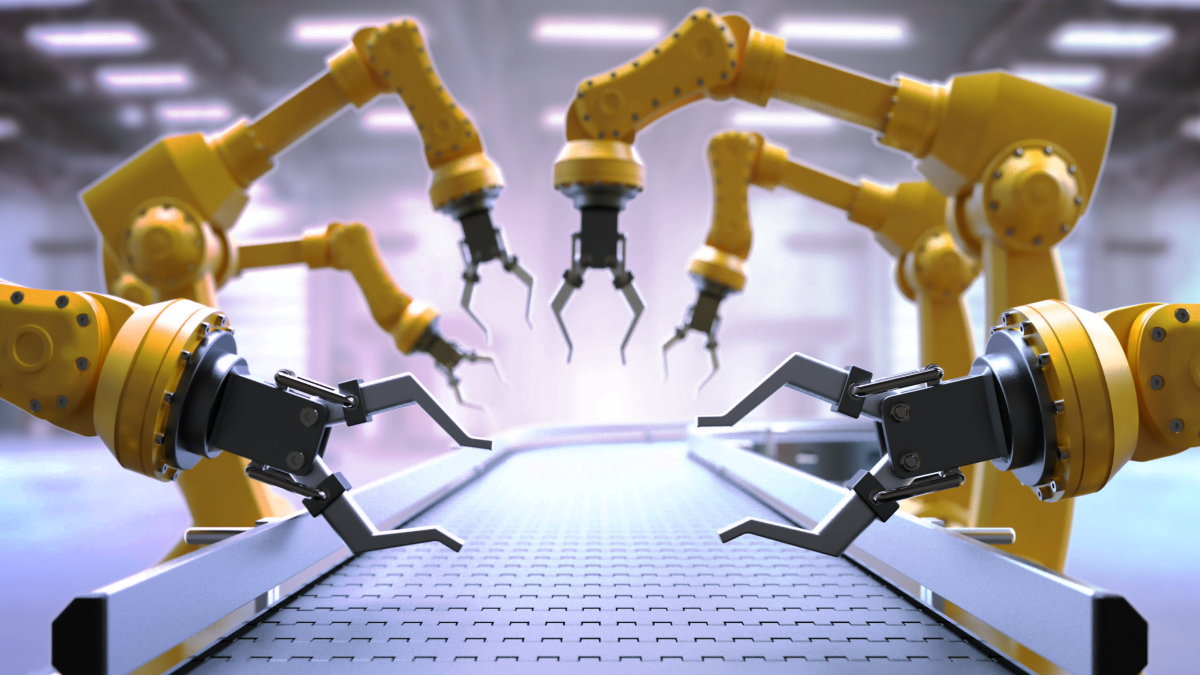The Use of Data Fusion in Training AI Systems
Researchers rely on large datasets to train the latest AI systems. These datasets need to be annotated so that the ML algorithm can understand the data that is in the images or videos. Since having a large and diverse training dataset is important to producing a quality product, researchers go to great lengths to obtain the highest quality dataset possible. One of the interesting new techniques they are using is called data fusion. In this article, we will take a look at data fusion, its benefits, and the data annotation that is required to prepare the training datasets.
What is Data Fusion?

Data fusion is the collaborative examination of various interconnected datasets that offer different perspectives on the same phenomenon. In general, more precise inferences can be drawn from the correlation and fusion of data from various sources than from the examination of a single dataset. Think of it this way: if you have two or more sources of data, and each source of data offers novel and predictive information to help you make better predictions or control decisions for your intelligent system, then you can combine these sources of data to improve the performance of my system.
Data Fusion Taxonomy
Data fusion is used in a wide range of industries. Hence various taxonomies have been developed to classify the various data fusion techniques. Data fusion solutions are typically classified using one of the following attributes:
- Relationships between the data platforms: How do the platforms work together? Do they offer complementary, redundant, or cooperative (new) information?
- Input data abstraction levels – Are characteristics, like latent variables, of the raw data directly provided as an input to the data fusion procedure employed, or is the data merged at the decision (classification or prediction) level?
- Input and output data abstraction levels – What is the abstraction level of the data input to the data fusion process? What is the output? Feature in–decision out fusion, for example, obtains a set of characteristics of the data as input and returns a decision as output.
- Type of architecture – How and where is the data fusion processes carried out? For example, is it done in a central location (centralized architecture), or is a network of nodes used (decentralized architecture)?
What Industries Can Benefit From Data Fusion
There are a number of industries that can take advantage of data fusion, such as:

Automotive – Self-driving vehicles rely on various technologies to understand and navigate the world around them. This includes computer vision cameras, LiDARs, and Radars. Data fusion allows researchers to collectively take all of the data compiled by these sources and use it to interpret environmental conditions for detection certainty.

Agriculture – In the context of agriculture, data fusion can be used as part of remote sensing to allow farmers or ranchers to look at their pastures or fields to judge their condition without touching them directly. The state of a plant can be assessed by looking at its leaves’ hues or general appearance. From a vantage point far above the field, remotely sensed images captured by drones offer a way to evaluate field conditions without actually touching them.

Robotics – Vision-based data, such as RGB or stereo, can be fused with odometry data from manipulators and actuators in order to improve performance in robotic manipulation tasks
What Types of Data Annotation are Needed When Working With Data Fusion?
The type of data annotation will depend on the specific nature of each project. For example, LiDAR is often used in the automotive industry to create a 3D Point Cloud, which is essentially a huge collection of tiny individual points plotted in 3D space. These 3D Point Clouds need to be annotated with methods ranging from cuboids, which allows the model to understand an object’s 3D pose and attributes. More advanced types of annotation, like polylines, will be needed to train the ML algorithms to spot curbs, road pavement, and lane markers.
For computer vision datasets, which can be something like a drone flying over a field to monitor the crops, data annotation methods like instance segmentation may be used. This is when models learn to detect objects, identify each object’s location in the frame, and estimate the exact pixels of each object. These models can be useful if you need more precise pixel estimates for higher accuracy. Semantic segmentation is also often used to annotate datasets for computer vision, which is a deep-learning algorithm that associates a label or category with every pixel in an image. It is used to recognize a collection of pixels that form distinct categories.
Trust Mindy Support With All of Your Data Annotation Needs
Mindy Support is a global provider of data annotation services and is trusted by Fortune 500 and GAFAM companies. With more than ten years of experience under our belt and offices and representatives in Cyprus, Poland, Romania, The Netherlands, India, OAE, and Ukraine, Mindy Support’s team now stands strong with 2000+ professionals helping companies with their most advanced data annotation challenges.




